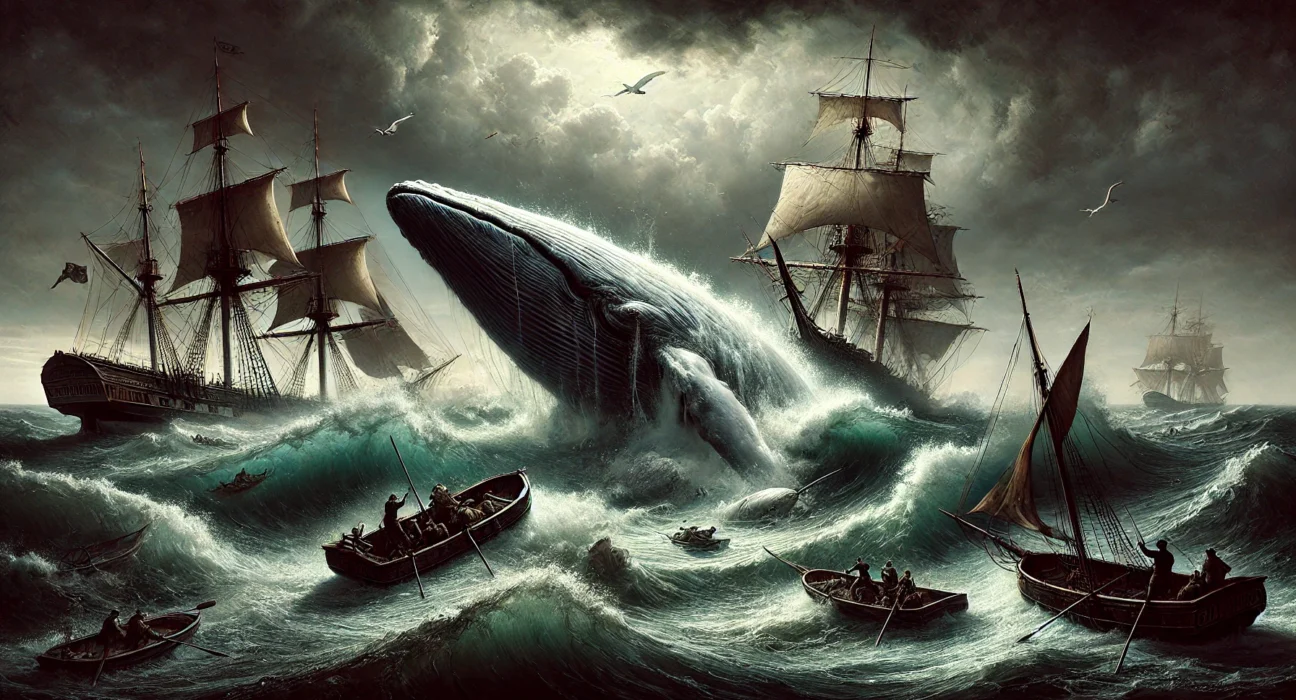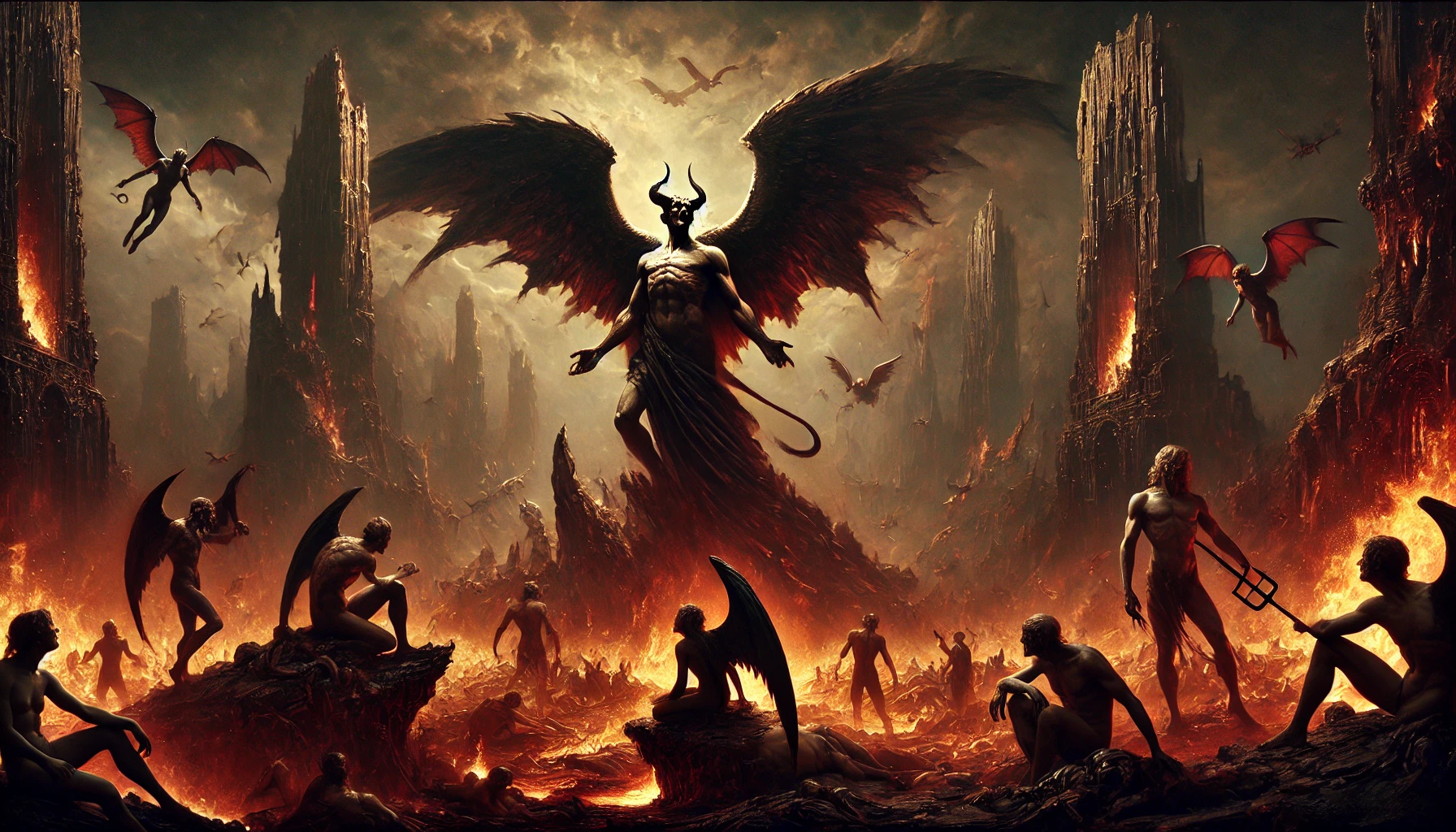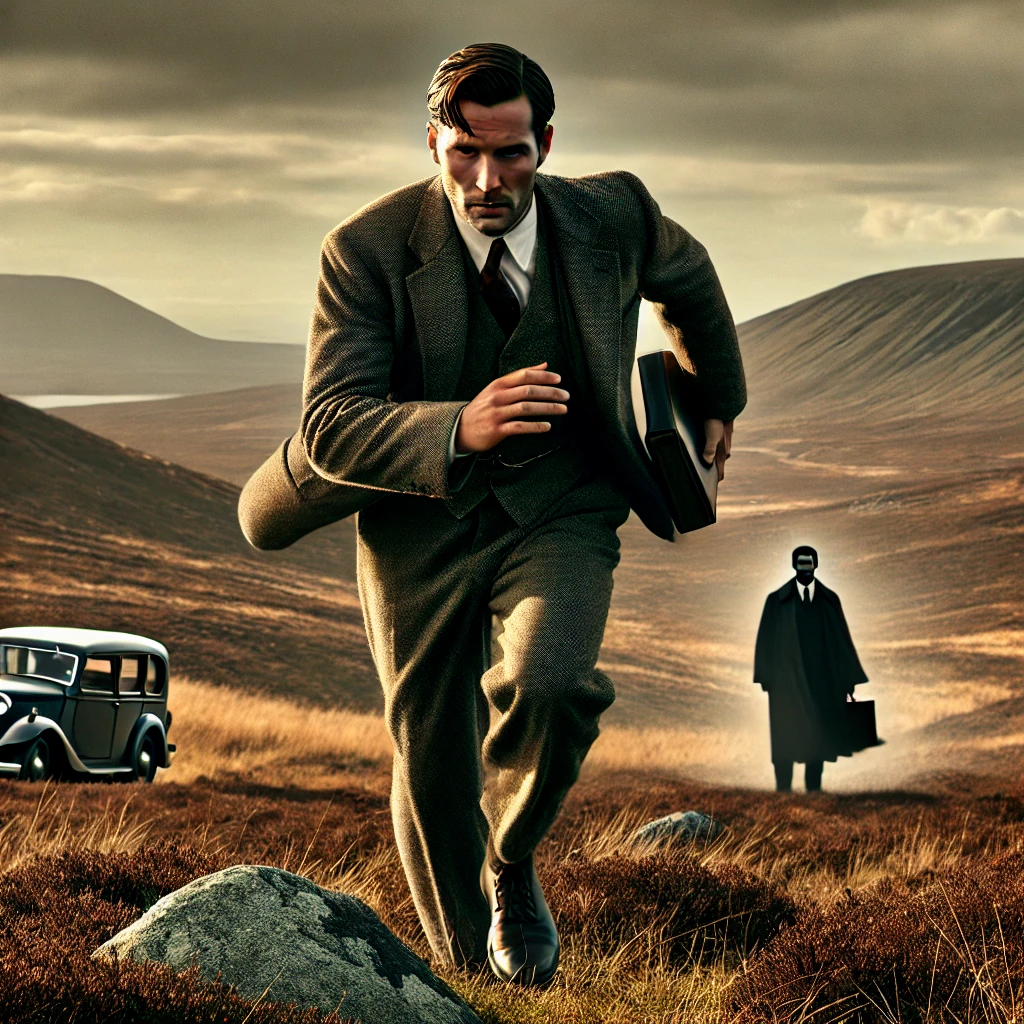Moby-Dick, published in 1851 by Herman Melville, is considered one of the greatest American novels. Set primarily on the high seas, it follows the crew of the whaling ship Pequod, commanded by the enigmatic Captain Ahab, who is on a vengeful quest to hunt down the titular white whale, Moby-Dick. The novel explores themes of obsession, the struggle between man and nature, and existential questions about humanity’s place in the world. Melville’s work blends adventure, philosophical musings, and detailed observations about the whaling industry.
Plot Summary
Call him Ishmael.
Some years ago, restless and seeking escape, he found himself drawn to the sea. The vast, mysterious ocean called him as a balm for his soul, clouded by melancholy. With little money in his pocket and nothing to hold him ashore, Ishmael boarded a whaling ship, the Pequod, bound for the farthest edges of the world. The sea, for Ishmael, was not merely a place of adventure—it was a mirror, reflecting the deep mysteries of life, existence, and fate.
The ship he chose was unlike any other, captained by a man unlike any other. Captain Ahab, a tall, grim figure, concealed a dark obsession behind his burning gaze. Ahab had lost his leg to a monstrous white whale—Moby-Dick, the terror of the seas, a creature as ancient and impenetrable as the ocean itself. The whale had left Ahab maimed, but it had scarred him far deeper in spirit. Ahab sought revenge, not merely as a matter of justice but as a man possessed, driven to the brink by the need to conquer what he could not understand or control.
Onboard the Pequod were men from all corners of the world, a floating microcosm of humanity. Queequeg, the harpooner from a distant island, became Ishmael’s closest companion, a man as strange and inscrutable as the seas they sailed, yet bound to Ishmael by a deep, unspoken brotherhood. Alongside them were Starbuck, the devout first mate, Stubb, the carefree second mate, and Flask, the energetic third mate. Each man had his role, his beliefs, his reasons for being there, but none shared Ahab’s single-minded focus on one goal: the death of Moby-Dick.
As the ship set sail from Nantucket, the true nature of their voyage slowly unfolded. What seemed at first like a typical whaling expedition was revealed as something far more dangerous. Ahab’s orders were not merely to fill the ship’s hold with oil from captured whales, but to hunt down Moby-Dick. The captain spoke little, but when he did, his words were filled with a fire that unnerved even the most seasoned sailors. Starbuck, a deeply religious man, tried in vain to dissuade Ahab, warning him that vengeance against a creature of nature was blasphemous. But Ahab would not listen. His was a mind fixed on one goal, and nothing could turn him from his course.
The journey took them to strange seas, where they encountered other ships and heard stories of the white whale—tales of destruction and doom, of ships crushed and men lost. Yet for all the warnings, Ahab remained undeterred. He saw in the whale not just a creature of flesh and bone, but a malevolent force, something that had to be destroyed at any cost, even if it meant his own life.
The Pequod sailed through treacherous waters, hunting other whales along the way, each kill bringing them closer to their inevitable confrontation with Moby-Dick. The whaling scenes were bloody, violent affairs—men battling enormous, powerful creatures with little more than their wits and harpoons. Ishmael, watching from the boat, felt both awe and terror at the sight. In the heart of the battle, man and beast were equals, locked in a deadly dance where one small mistake could mean death.
Through all of this, Ahab grew more intense, more desperate. He ignored the counsel of his officers, neglected the safety of his crew, and even when the ship encountered omens—gales, broken compasses, and strange sights on the horizon—he refused to change course. He was a man obsessed, not just with the whale, but with the very idea of defiance. To him, Moby-Dick represented all that was unknowable, all that could not be tamed or conquered in the world. Ahab believed that by killing the whale, he could assert man’s power over nature, over fate itself.
At last, after months at sea, they sighted the great white whale. It rose from the depths like a ghost, massive and terrible, its white body scarred from countless battles. Ahab’s eyes burned with a fevered light as he gave the order to pursue. For three days, the Pequod chased the whale, with Ahab at the helm, urging his men to their limits.
The final battle began with Ahab and his crew in small boats, harpoons at the ready. They struck the whale, but Moby-Dick retaliated with a fury beyond anything they had seen. The whale rammed the boats, smashing them to pieces, and sent the men into the chaotic sea. Yet, each time, Ahab survived, pulling himself from the wreckage and continuing the chase.
On the third day, the whale turned its full wrath upon the Pequod. With a force like a rolling mountain, it drove its massive body into the ship, breaking its hull. The ship began to sink, and still Ahab did not relent. In one final, desperate act, he threw his harpoon into the whale, shouting his curse. But as the line caught fast, it wrapped around Ahab, pulling him into the deep with the whale.
The Pequod, now fatally wounded, sank beneath the waves, taking with it the crew, the hopes, and the dreams of all aboard. Only Ishmael survived, clinging to a small piece of wreckage—Queequeg’s coffin, which the harpooner had earlier carved for himself, now serving as Ishmael’s lifeline. He floated in the vast, empty ocean, the lone witness to the tragedy that had unfolded. The sea, indifferent and eternal, swallowed the ship, the whale, and the men, leaving nothing but silence in its wake.
Ishmael was eventually rescued by the Rachel, a ship searching for its own lost crew. As he drifted, waiting to be found, he reflected on the fate of the Pequod, the fate of Ahab, and the fate of all men who dare to challenge the forces beyond their control.
In the end, Moby-Dick remained, a force of nature, untouchable and unconquerable, while man, with all his ambition and rage, was left to disappear into the depths.
Main Characters
Ishmael: The novel’s narrator and a sailor on the Pequod. Ishmael is thoughtful, reflective, and often serves as Melville’s voice of reason, offering philosophical insights on human nature and the vast, indifferent universe. His motivations for going to sea are personal and existential, seeking escape and discovery.
Captain Ahab: The monomaniacal captain of the Pequod. Ahab’s singular purpose in life is to exact revenge on Moby-Dick, the whale that maimed him by taking off his leg. His obsessive pursuit of the whale symbolizes the destructive potential of obsession and the human desire to confront uncontrollable forces.
Queequeg: A skilled harpooner from a South Sea island and Ishmael’s closest friend on the ship. Queequeg is noble, brave, and embodies the novel’s theme of camaraderie despite cultural differences. His personal beliefs and rituals offer a counterbalance to the Christian views of other characters.
Starbuck: The first mate of the Pequod, and the moral counterpoint to Ahab. Starbuck is deeply religious and pragmatic, often questioning Ahab’s dangerous obsession with revenge. He represents rationality and the voice of caution aboard the ship.
Stubb: The second mate, Stubb is a light-hearted and humorous character who often deals with the dangers and uncertainties of whaling through wit and laughter. He embodies a more carefree attitude, juxtaposed against the somber tone of the novel.
Moby-Dick: The elusive white whale, more a force of nature than a character, represents the unknown, the uncontrollable, and, to Ahab, an embodiment of evil. Moby-Dick can be interpreted as a symbol of the natural world’s power over man and his hubris.
Theme
Obsession and Revenge: The central theme of Moby-Dick is Ahab’s consuming obsession with killing the white whale. His fixation on vengeance ultimately leads to the downfall of himself and his crew. This obsession illustrates the destructive nature of unchecked ambition and the human compulsion to conquer forces beyond our control.
The Conflict Between Man and Nature: The whalers’ journey represents humanity’s attempt to dominate nature, with the whale symbolizing the vast, unknowable power of the natural world. Throughout the novel, nature is depicted as indifferent, dangerous, and sometimes vengeful, emphasizing human insignificance in the face of its forces.
Fate and Free Will: Melville explores the tension between destiny and self-determination. Ahab believes he is fated to kill Moby-Dick, while other characters, like Starbuck, see the pursuit as a choice that could be avoided. The interplay between fate and free will adds a layer of existential questioning to the novel.
Isolation and Brotherhood: Life aboard the Pequod is both isolating and unifying. The crew members come from diverse backgrounds and form bonds as they face the shared dangers of the sea. Yet, Ahab’s personal obsession isolates him from the rest, showing how individual desires can conflict with communal needs.
Religious and Philosophical Reflections: The novel is rich with religious imagery and philosophical musings, especially through the character of Ishmael. Questions of God’s will, predestination, and the morality of whaling itself are woven throughout the narrative. These reflections invite readers to consider humanity’s place in the universe and our ethical responsibilities.
Writing Style and Tone
Herman Melville’s writing style in Moby-Dick is dense, highly symbolic, and often digressive. He mixes narrative storytelling with encyclopedic chapters on cetology (the study of whales), whaling practices, and philosophical ruminations. Melville’s use of detailed descriptions creates an immersive atmosphere, drawing readers into the harsh realities of life aboard a whaling ship. His language is rich with metaphor and allusion, particularly to the Bible, Shakespeare, and classical mythology, which adds layers of meaning to the text.
The tone of the novel oscillates between somber and reflective to adventurous and intense. At times, Melville’s narrator, Ishmael, offers contemplative observations about the meaning of life and the mysteries of existence, imbuing the novel with a deep sense of melancholy. Meanwhile, scenes of whaling battles and Ahab’s fiery monologues lend the novel an epic, almost tragic tone. The stark contrast between moments of quiet meditation and explosive action mirrors the unpredictable nature of life at sea.
Melville’s stylistic choice to frequently break from the plot for philosophical asides, monologues, or tangents about whale anatomy can be challenging but adds a level of complexity and depth, giving Moby-Dick its monumental literary reputation.
We hope this summary has sparked your interest and would appreciate you following Celsius 233 on social media:
There’s a treasure trove of other fascinating book summaries waiting for you. Check out our collection of stories that inspire, thrill, and provoke thought, just like this one by checking out the Book Shelf or the Library
Remember, while our summaries capture the essence, they can never replace the full experience of reading the book. If this summary intrigued you, consider diving into the complete story – buy the book and immerse yourself in the author’s original work.
If you want to request a book summary, click here.
When Saurabh is not working/watching football/reading books/traveling, you can reach him via Twitter/X, LinkedIn, or Threads
Restart reading!








